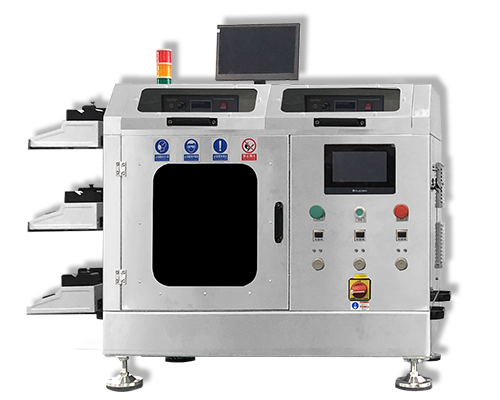Nitinol Paclitaxel Eluting Vascular Stent
Nitinol Paclitaxel Eluting Vascular Stent – Stent Coating – Cheersonic
The nickel-titanium alloy paclitaxel-eluting stent consists of a drug-eluting stent and a delivery system. The stent is laser-cut from Nitinol alloy with radiopaque tantalum markers at the proximal and distal ends of the stent; the coating on the stent is divided into two layers, a primer and a drug matrix layer. The primer is composed of poly(n-butyl methacrylate) (PBMA), the drug in the drug matrix layer is paclitaxel, the dose density is 0.167 mg/mm2, and the polymer is vinylidene fluoride and hexafluoropropylene (PVDF-HFP) copolymer . The product is sterilized by ethylene oxide and is for one-time use.
A nitinol paclitaxel-eluting stent is indicated for the treatment of symptomatic in situ or restenotic lesions in the primary superficial femoral artery (SFA) and/or proximal popliteal artery to dilate the vessel diameter with a reference vessel diameter (RVD) range of 4.0 -6.0 mm.
The nitinol paclitaxel-eluting stent is composed of a stent system and a drug coating (paclitaxel formulation contained in a polymer matrix). The stent is a laser-cut self-expanding stent composed of a nickel-titanium alloy (Nitinol) with radiopaque tantalum markers on the proximal and distal ends of the stent to improve stent visibility and thereby aid in accurate stent placement. The delivery system is a three-axis design: the outer axis fixes the stent delivery system, the central axis protects and constrains the stent, and the inner axis provides the guidewire lumen. The stent contains a drug/polymer coating, and the inner layer is a polymer (PBMA) that can improve the adhesion of the outer layer; the outer layer is composed of paclitaxel and PVDF-HFP polymer carrier. After the stent is deployed in the blood vessel, the radial force generated on the lumen of the blood vessel keeps the blood vessel open in the area where the stent is implanted; paclitaxel inhibits intimal hyperplasia and is expected to reduce the incidence of in-stent restenosis.
Ultrasonic stent spraying systems can be used to prepare polymer coatings to prevent restenosis on the surface of implantable stents. Compared with conventional two-fluid nozzles, ultrasonic nozzles can spray a more uniform drug coating that completely covers the stent without orange peel. The soft atomized spray can adhere well to the surface, and the morphological characteristics of the coating can be adjusted by modifying the process parameters. In addition, the stent coating obtained by ultrasonic spraying technique is thinner than dip coating. Ultrasonic spraying technology can precisely control the amount of medicine sprayed on the stent, so that the spraying control is more precise.
About Cheersonic
Cheersonic is the leading developer and manufacturer of ultrasonic coating systems for applying precise, thin film coatings to protect, strengthen or smooth surfaces on parts and components for the microelectronics/electronics, alternative energy, medical and industrial markets, including specialized glass applications in construction and automotive.
Our coating solutions are environmentally-friendly, efficient and highly reliable, and enable dramatic reductions in overspray, savings in raw material, water and energy usage and provide improved process repeatability, transfer efficiency, high uniformity and reduced emissions.
Chinese Website: Cheersonic Provides Professional Coating Solutions


